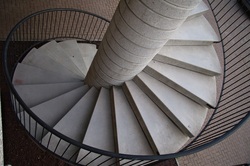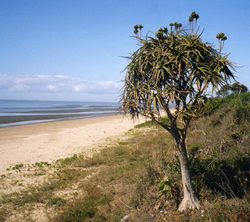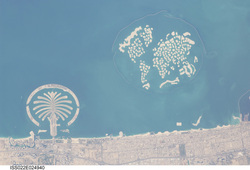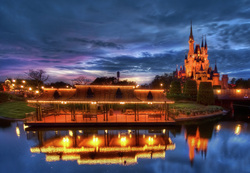Line
Line
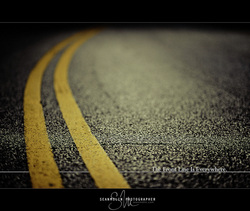
Line is a mark with greater length than width. Lines can be horizontal, vertical or diagonal, straight or curved, thick or thin. Line is the basic element that refers to the continuous movement of a point along a surface, such as by a pencil or brush. The edges of shapes and forms also create lines.
Texture
Texture
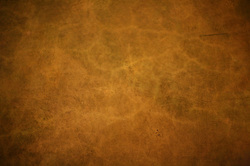
Texture is perceived surface quality. In art, there are two types of texture: tactile and implied. Tactile texture (real texture) is the way the surface of an object actual feels. Examples of this include sandpaper, cotton balls, tree bark, puppy fur, etc. Implied texture is the way the surface on an object looks like it feels. The texture may look rough, fizzy, gritty, but cannot actually be felt. This type of texture is used by artist when drawing or painting.
